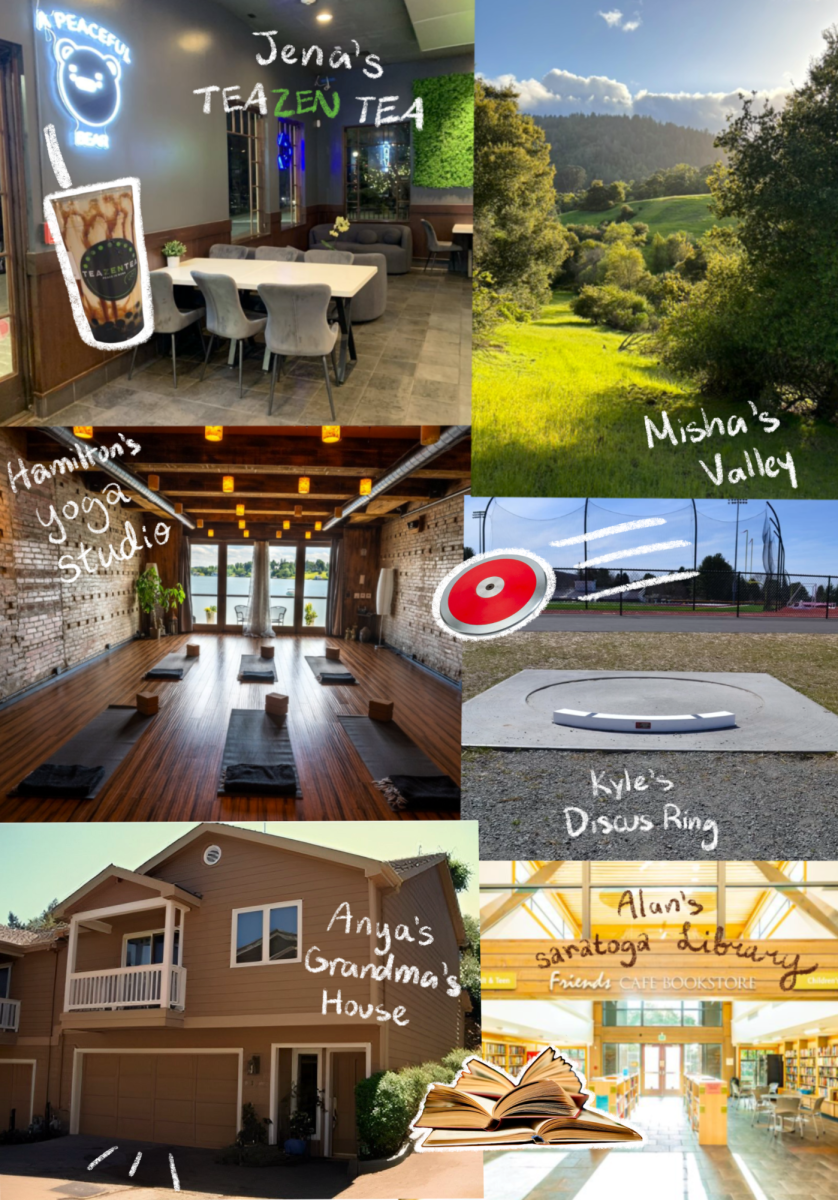Flipped learning, introduced in the ‘90s, reverses the traditional way classes are taught by designating homework time for self-learning and class time for group or individual work.
In theory, flipped learning increases students’ retention of knowledge and helps deepen their understanding of the subject by leveraging the power of a classroom “group space” for collaborative learning and allowing teachers to give personalized help to students while they work.
In reality, the flipped model often passes down the responsibility for teaching from the teacher to the students and leaves students on their own as they tackle difficult concepts.
Rather than being educated by the teacher — the most knowledgeable person in the classroom — students are too often taught by document packets, articles, video guides and pre-recorded lectures at home. Class time is filled with unfulfilling work such as video notes or even traditional homework, which leads to the feeling the teacher doesn’t actually teach.
In an ideal model, flipped learning should be used to enable potent in-class activities such as Socratic Seminars or labs. But many teachers who use flipped classrooms instead opt to consistently designate class time for work such as completing and reviewing video notes, annotating articles or filling out worksheets.
Providing no new knowledge or perspectives, this in-class work leads students feeling that class time is wasted. The promises of more one-on-one teaching and better use of class time for teachers to help students don’t materialize.
Rather than badly executing flipped learning, most teachers would be better off following more traditional and time-tested methods.
For example, tailored lectures can greatly help to organize key concepts and ideas in history classes. A passionate, knowledgeable lecturer provides a human element to history, helping students absorb and understand key ideas with anecdotes, humor and answers to students’ spur-of-the moment questions, all of which are often missing from lecture videos.
In-class lectures also make review simpler for students by organizing all the material that will be tested in class. In comparison to self-written textbook notes or packets of articles, lecture notes are far superior because they come from a teacher’s years of experience and highlight what the teacher considers to be important.
Perhaps the best application for flipped learning is to complement lecturing by setting up Socratics in the humanities or labs and other hands-on activities in the sciences.
In these cases, flipped learning truly benefits students by allowing more in-class time to carry out these engaging activities, unlike the tedious, unproductive work that is often done in uncreatively flipped classrooms.
A consistent lack of teacher input to create a “student-centered” teaching environment only saturates class time with trivial and uninformative activities.
Flipped learning has its merits, but it must be applied properly to gain beneficial results.

























